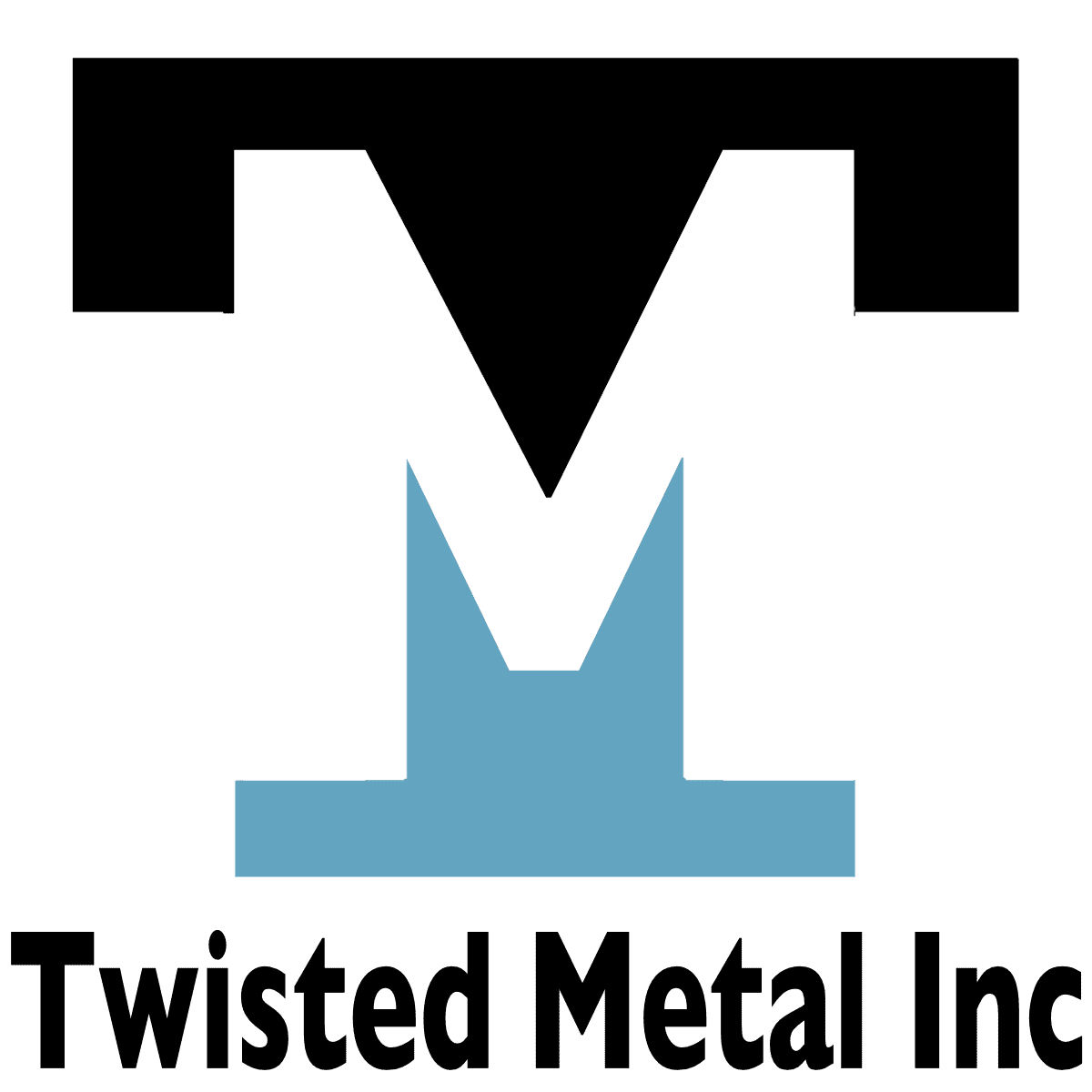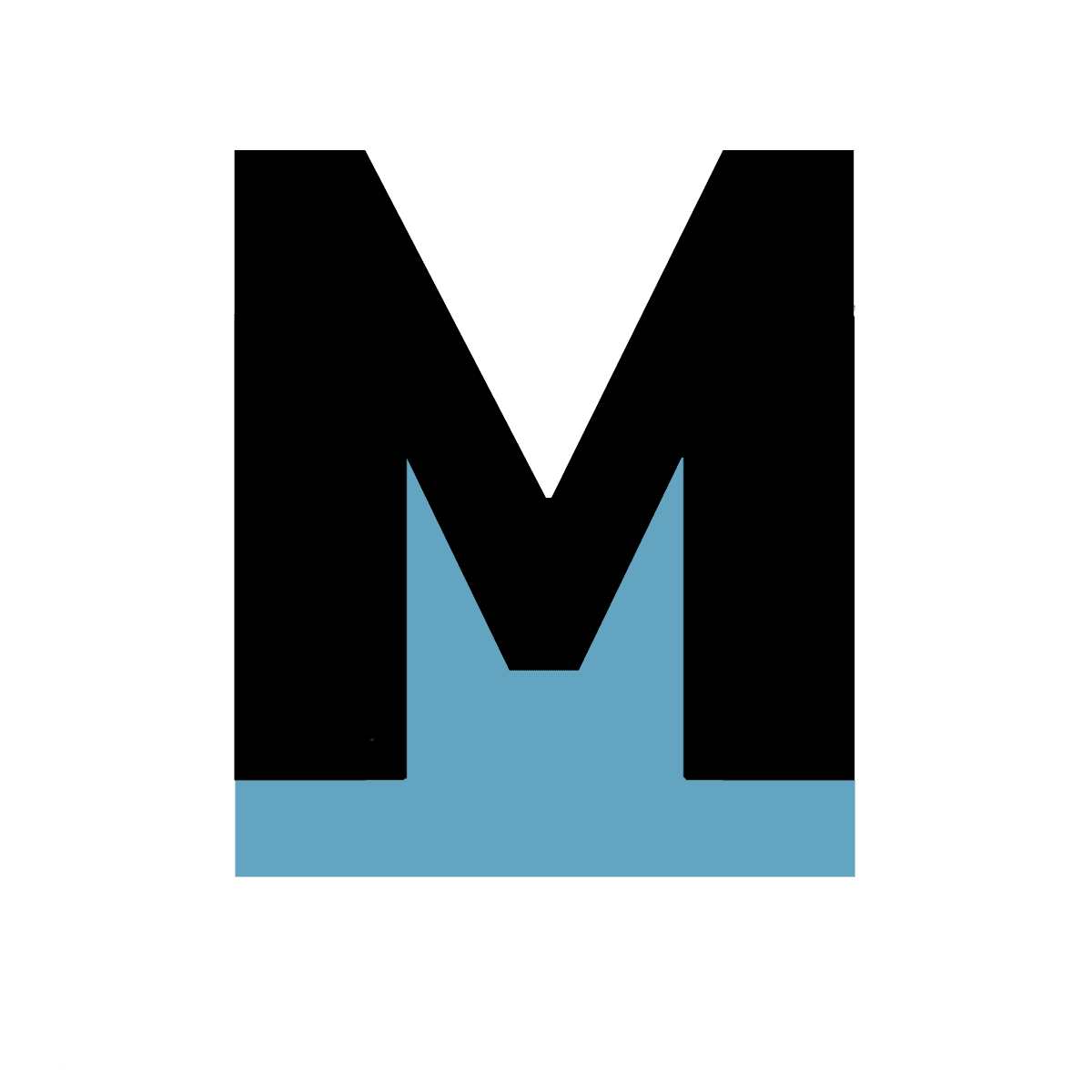Powder Coating
Powder coating is a type of coating that is applied as a free-flowing, dry powder. Unlike conventional liquid paint which is delivered via an evaporating solvent, powder coating is typically applied electrostatically and then cured under heat or with ultraviolet light. The powder may be a thermoplastic or a thermoset polymer. It is usually used to create a hard finish that is tougher than conventional paint. Powder coating is mainly used for coating of metals, such as household appliancesextrusions, drum hardware, automobile, motorcycle, and bicycle parts. More advanced technologies allow other materials, such as plastics, composites, carbon fiber, and MDF (medium-density fibreboard), to be powder coated using different methods that require less heat and time.
Properties of powder coating
Because powder coating does not have a liquid carrier, it can produce thicker coatings than conventional liquid coatings without running or sagging, and powder coating produces minimal appearance differences between horizontally coated surfaces and vertically coated surfaces. Because no carrier fluid evaporates away, the coating process emits few volatile organic compounds (VOC). Finally, several powder colors can be applied before curing them all together, allowing color blending and bleed special effects in a single layer.
While it is relatively easy to apply thick coatings that cure to smooth, texture-free coating, it is not as easy to apply smooth thin films. As the film thickness is reduced, the film becomes more and more orange peeled in texture due to the particle size and glass transition temperature (Tg) of the powder.
Most powder coatings have a particle size in the range of 2 to 50 μ (Microns), a softening temperature Tg around 80 °C, a melting temperature around 150 °C, and are cured at around 200 °C. for minimum 10 minutes to 15 minutes (exact temperatures and times may depend on the thickness of the item being coated). [3] For such powder coatings, film build-ups of greater than 50 μ (Microns) may be required to obtain an acceptably smooth film. The surface texture which is considered desirable or acceptable depends on the end product. Many manufacturers prefer to have a certain degree of orange peel since it helps to hide metal defects that have occurred during manufacture, and the resulting coating is less prone to showing fingerprints.
There are very specialized operations where powder coatings of less than 30 micrometres or with a Tg below 40 °C are used in order to produce smooth thin films. One variation of the dry powder coating process, the Powder Slurry process, combines the advantages of powder coatings and liquid coatings by dispersing very fine powders of 1–5 micrometre sized particles into water, which then allows very smooth, low film thickness coatings to be produced.
For garage-scale jobs, small "rattle can" spray paint is less expensive and complex than powder coating. At the professional scale, the capital expense and time required for a powder coat gun, booth and oven are similar to a spray gun system. Powder coatings have a major advantage in that the overspray can be recycled. However, if multiple colors are being sprayed in a single spray booth, this may limit the ability to recycle the overspray.
Advantages over other coating process
- Powder coatings contain no solvents and release little or no amount of volatile organic compounds (VOC) into the atmosphere. Thus, there is no need for finishers to buy costly pollution control equipment. Companies can comply more easily and economically with the regulations of the U.S. Environmental Protection Agency.
- Powder coatings can produce much thicker coatings than conventional liquid coatings without running or sagging.
- Powder coated items generally have fewer appearance differences than liquid coated items between horizontally coated surfaces and vertically coated surfaces.
- A wide range of speciality effects are easily accomplished using powder coatings that would be impossible to achieve with other coating processes.
- Curing time is significantly faster with powder coatings compared to liquid coatings especially when using ultraviolet cured powder Coatings or advanced low bake thermosetting powders.

